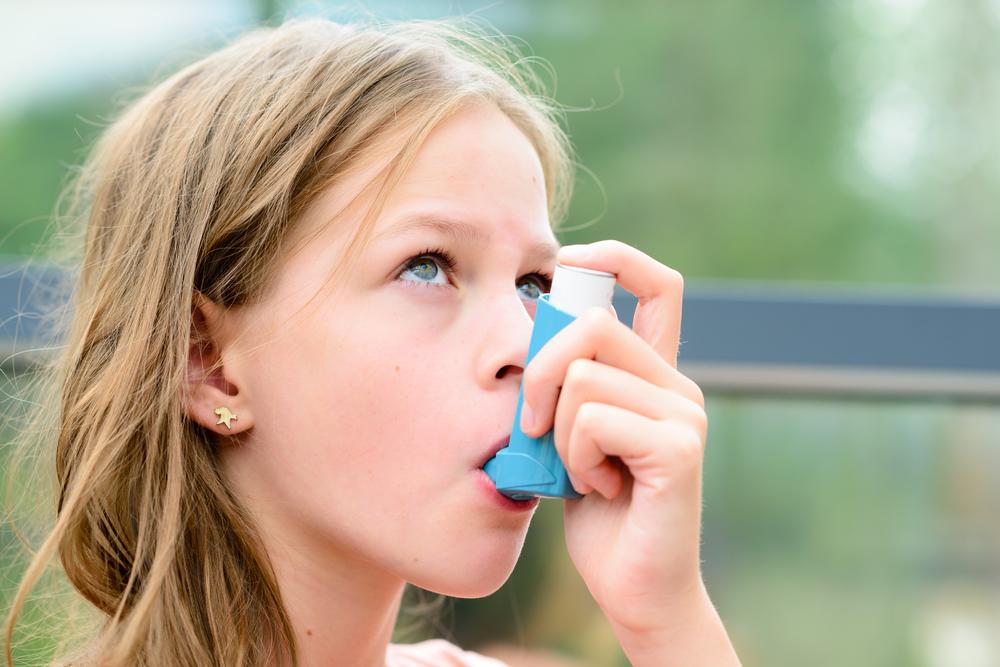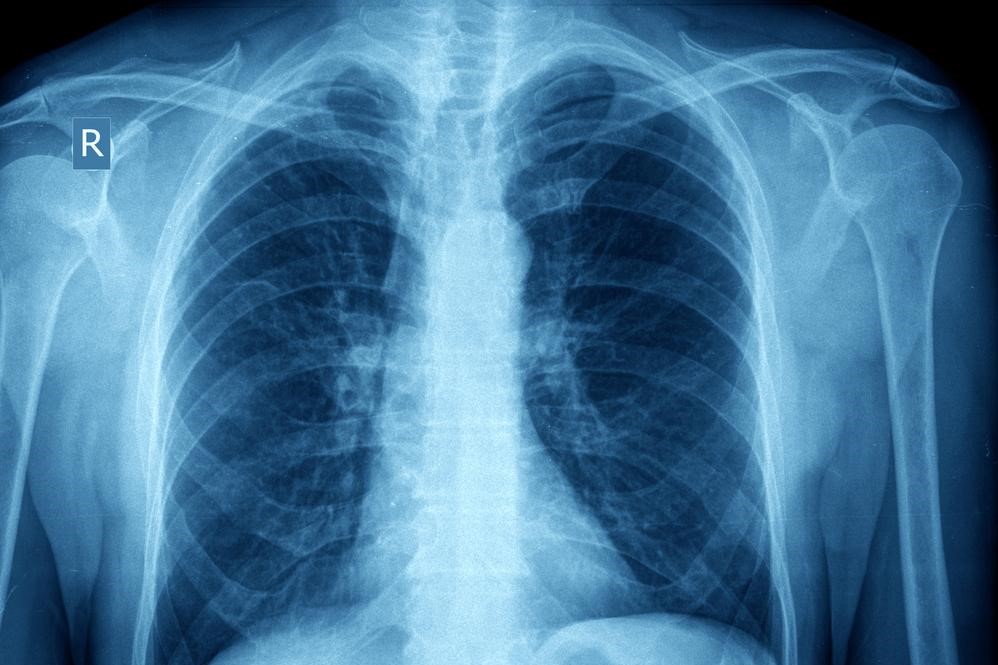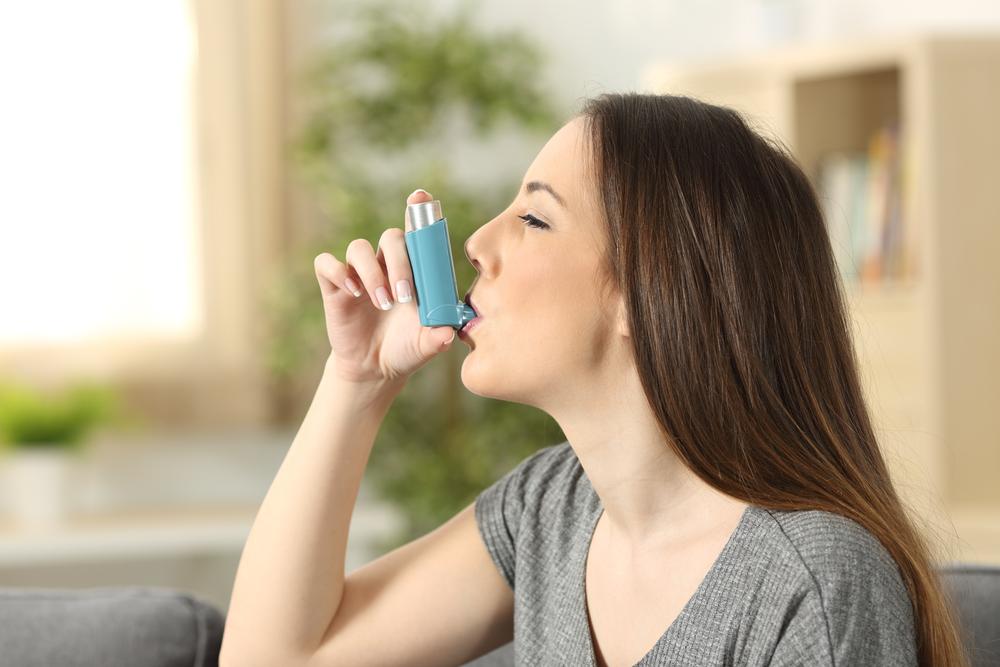Effective Inhaler Techniques for Optimal Respiratory Health Management
Proper inhaler technique is crucial for effective respiratory management, ensuring medications reach the lungs and provide quick relief. This extensive guide covers step-by-step instructions, tips for preventing side effects, and important considerations for optimal inhaler use. Learning correct methods enhances treatment outcomes for asthma and COPD patients, reduces side effects like oral thrush, and improves overall disease control. Regular consultation with healthcare professionals and diligent practice of inhaler techniques can significantly improve respiratory health, making daily management more effective and comfortable.

Comprehensive Guide to Proper Inhaler Usage for Respiratory Comfort
Inhalers are essential medical devices widely used by individuals with respiratory conditions such as asthma and Chronic Obstructive Pulmonary Disease (COPD). They deliver medication directly to the lungs, providing rapid relief from symptoms like wheezing, shortness of breath, and chest tightness. As these devices are simple pumps, their effectiveness heavily depends on correct usage techniques. Many users inadvertently misuse inhalers, which diminishes the medication’s efficiency and prolongs discomfort. This comprehensive guide aims to educate users on proper inhaler techniques and best practices to ensure maximum therapeutic benefit.
Proper inhaler technique is crucial because incorrect use not only reduces the medication’s effectiveness but can also lead to side effects or prolonged symptoms. Traditionally, many users follow a method that involves pressing the inhaler in the mouth and inhaling simultaneously. However, this often results in medication missing the lungs and instead settling in the mouth or throat, leading to reduced efficacy and increased risk of side effects such as oral thrush or hoarseness. To optimize inhaled medication delivery, it is vital to follow specific steps that ensure the medication reaches the deep parts of the lungs where it is needed most.
Here are detailed steps on how to correctly use a metered dose inhaler (MDI):
Begin by removing the cap and shaking the inhaler well for about 5 seconds to mix the medication thoroughly.
Breathe out fully to empty your lungs, which prepares your lungs to receive the medication effectively.
Place the mouthpiece of the inhaler into your mouth, ensuring a tight seal with your lips.
Start to breathe in slowly and deeply through your mouth while pressing down on the inhaler to release a dose of medication.
Continue inhaling slowly and deeply for about 3-5 seconds, ensuring most of the medication reaches your airways.
Hold your breath for 10 seconds or as long as comfortable, allowing the medication to settle in the lungs.
Then breathe out slowly, and if a second dose is needed, wait about 30 seconds before repeating the steps.
For inhalers like Symbicort or Spiriva that contain corticosteroids or bronchodilators, rinsing your mouth afterwards is crucial to reduce the risk of side effects such as oral thrush and hoarseness. Proper maintenance and cleaning of your inhaler help prevent clogging and ensure consistent dose delivery.
Using an inhaler correctly provides several benefits:
Maximizes the amount of medication that reaches your lungs, improving relief and symptom control.
Reduces the risk of side effects associated with improper use, such as oral infections or irritations.
Helps maintain consistent medication intake, which is vital for managing chronic respiratory conditions effectively.
In addition to inhalers, nebulizers are alternative devices that convert liquid medication into mist for easier inhalation. However, nebulizers are typically recommended for specific populations, such as very young children, seniors, or individuals who find inhaler use challenging. Despite their convenience in certain cases, studies show that inhalers generally provide more precise dose delivery and are more practical for daily use.
Another key aspect of inhaler use is understanding the medication type and dosage prescribed by your healthcare provider. Inhalers come in various forms, including corticosteroids, beta-agonists, anticholinergics, and combination therapies. Drugs like Atrovent, Proventil, Ventolin, Alvesco, and others are common options, each with specific indications and usage protocols. For example, Ventolin (albuterol) is a fast-acting bronchodilator used for immediate relief, while Symbicort combines corticosteroid and long-acting bronchodilator for ongoing control.
Monitoring medication doses is important, especially with metered-dose inhalers that feature dose counters. This helps prevent missed doses or overuse, both of which can compromise disease management and increase health risks. For COPD management, specialized inhalers such as Anoro Ellipta offer extended dosing options and targeted delivery.
It is essential to follow your healthcare provider's instructions regarding inhaler use and dose frequency. Regular check-ins with your doctor can help assess whether your current inhaler regimen is effective or if adjustments are necessary. Proper education on inhaler technique can be facilitated by healthcare professionals or respiratory therapists, ensuring users gain confidence and consistency in their inhalation methods.
In summary, mastering the correct inhaler technique is a vital step in managing respiratory conditions effectively. Proper use not only optimizes medication delivery but also minimizes side effects, enhances symptom control, and improves overall quality of life. Make sure to regularly review your inhaler technique with your healthcare provider and stay informed about your medications for optimal respiratory health.





